Shiller P/E Ratio Signals Potential Market Downturn: What Investors Should Know
Shiller P/E Ratio Signals Potential Market Downturn: What Investors Should Know
Investors have a variety of ways to build wealth, from real estate and fixed-income assets like certificates of deposit or U.S. Treasury bonds, to purchasing commodities such as oil, gold, and silver. Yet, over the past century, no asset class has matched the long-term annualized returns of stocks.
However, it’s important to remember that the journey for major stock indexes is rarely smooth. The Dow Jones Industrial Average, the S&P 500, and the Nasdaq Composite have all endured numerous corrections, bear markets, and occasional crashes since their creation. For instance, in a single week in early April, the S&P 500 experienced its fifth-largest two-day percentage drop since 1950, closely followed by record-setting nominal point gains across the Dow, S&P 500, and Nasdaq Composite.
Market Volatility and Predictive Tools
When markets swing, investors often search for clues about what comes next. While no indicator can predict the future with certainty, some tools and events have shown reliable statistical correlations over time.
One such metric, despite being rarely triggered, has a virtually flawless record of forewarning significant market movements—the Shiller P/E ratio. Currently, it’s signaling caution for investors.
Over 150 Years of Data Suggests Caution
Although there’s always a risk factor threatening market stability, U.S. major indexes tend to rise over the long run. But when it comes to value-driven forecasting, the Shiller P/E ratio stands out for its historical accuracy.
Unlike the simple price-to-earnings (P/E) ratio, which divides a company’s share price by its most recent 12 months of earnings, the Shiller P/E (or cyclically adjusted P/E, CAPE) takes a longer view. It uses average inflation-adjusted earnings over the past decade to reduce the effect of economic cycles or recessions.
As of June 18, the S&P 500’s Shiller P/E sat at 36.55—more than double the historical average of 17.25 going back to 1871. While this high multiple itself isn't necessarily a red flag, history shows that when the Shiller P/E exceeds and sustains a reading above 30 for at least two months, significant downturns tend to follow.
This threshold has only been crossed six times since 1871:
- August to September 1929
- June 1997 to August 2001
- September 2017 to November 2018
- December 2019 to February 2020
- August 2020 to May 2022
- November 2023 to present
In each of the previous five episodes, U.S. stock indexes saw subsequent declines ranging from 20% to as much as 89%.
It’s important to note that the Shiller P/E ratio isn’t a timing tool; it cannot pinpoint when a bear market or crash will begin. What it does suggest, with historical reliability, is that a correction is likely once valuations reach these elevated levels.
Market Swings Are Inevitable—But So Is Long-Term Growth
While the S&P 500's recent strong performance may bolster investor confidence, history shows that markets don’t tolerate extended periods of above-average valuations. Yet, there’s a bright side: history also favors patient, long-term investors.
Short-term volatility—including corrections and crashes—is normal in markets and part of a healthy investing cycle. While downturns are unsettling, they have historically been brief. Analysis from Bespoke Investment Group found that bear markets (20%+ drops) for the S&P 500 have lasted an average of just 286 days, while bull markets stretched on for an average of 1,011 days.
Broader research from Crestmont Research, which examined rolling 20-year total returns for the S&P 500 since 1900, found that every period posted a positive annualized return. This means that, regardless of fluctuations, investors who held stocks for two decades would have seen gains.
Bottom Line
While historical signals like the Shiller P/E indicate possible market turbulence ahead, more than a century of market data supports the power of long-term investing. Staying the course and maintaining a focus on long-term growth has consistently rewarded investors, even through periods of volatility.
This content is for informational purposes only and does not constitute financial advice.

